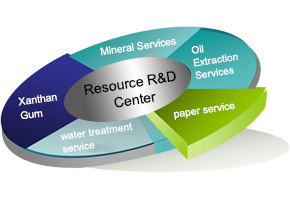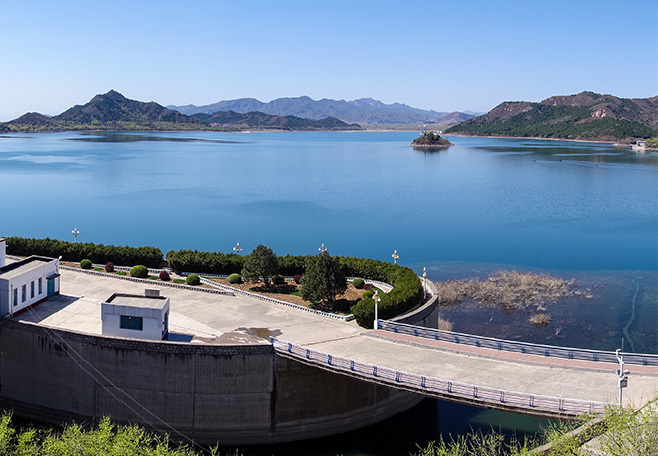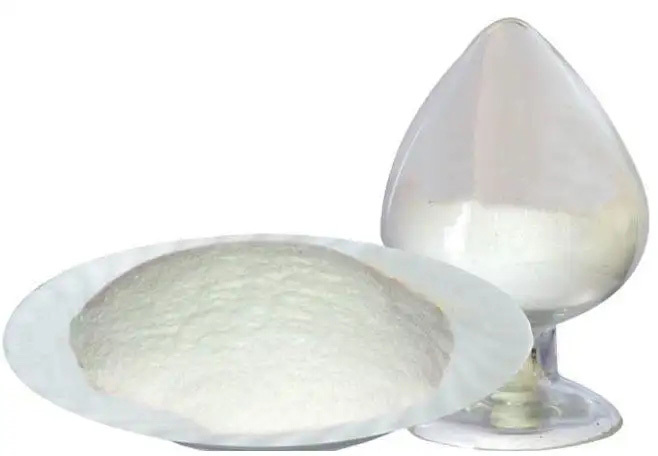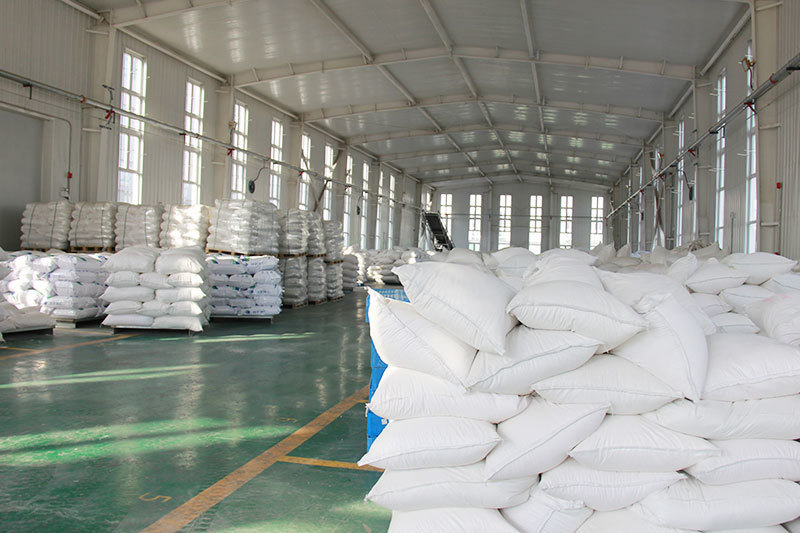Understanding Polyacrylamide: Your Go-To Guide for Common Questions
Release Time:
Jul 13,2025
Dive into the world of Polyacrylamide with our FAQ guide, addressing common queries and uses.
What is Polyacrylamide?
Polyacrylamide, a synthetic polymer, is a fascinating substance that's used in a plethora of applications. From wastewater treatment to agriculture, this versatile compound has made quite a name for itself. But what exactly is it, and how does it work? Let’s break it down, shall we?
The Science Behind Polyacrylamide
Polyacrylamide is formed through the polymerization of acrylamide, a compound that’s made from petroleum. It’s often used to create gels for electrophoresis, a method that separates molecules based on size. But don’t let the science mumbo jumbo scare you off! It’s also critical in the treatment of industrial wastewater and even in food processing. Talk about a multitasker!
Common Uses of Polyacrylamide
- Water Treatment: Helps clarify water by binding with impurities.
- Agriculture: Enhances soil retention of water and nutrients.
- Cosmetics: Used as a thickening agent in lotions and creams.
- Mining: Aids in mineral processing.
- Pharmaceuticals: Utilized in drug delivery systems.
Frequently Asked Questions about Polyacrylamide
Is Polyacrylamide Safe?
Ah, the million-dollar question! Generally speaking, Polyacrylamide is considered safe when used properly. However, it’s crucial to note that acrylamide itself is a neurotoxin and potential carcinogen. So, it’s all about balance—using it responsibly while adhering to safety guidelines. Always check with local regulations if you're unsure!
How is Polyacrylamide Applied in Agriculture?
In the farming sector, Polyacrylamide is a game-changer. Farmers add it to soil to improve its structure and water retention capabilities. Imagine planting a garden that holds onto moisture longer, reducing the need for frequent watering—sounds dreamy, right?
Can Polyacrylamide Be Recycled?
While Polyacrylamide itself isn’t typically recycled in the traditional sense, it can break down under specific conditions. However, it’s best to check with local waste management services for proper disposal methods. After all, no one wants to be that person at the landfill!
The Future of Polyacrylamide
Moving forward, the future looks bright for Polyacrylamide, especially with ongoing research into its biodegradable alternatives. As sustainability becomes a buzzword in almost every industry, there’s a growing movement toward creating eco-friendlier versions of this handy polymer. Who knows? We might be looking at a greener tomorrow!
Final Thoughts
So there you have it, folks! Polyacrylamide is not just another chemical; it’s a versatile player in various fields. Whether you’re a farmer, a scientist, or just a curious reader, understanding this polymer can open doors to innovative solutions. Remember, knowledge is power, and knowing your Polyacrylamide can lead to smarter choices—both in your garden and your everyday life!
Got more questions? Feel free to drop them in the comments below!
Key words:
What Else Might You Learn?












